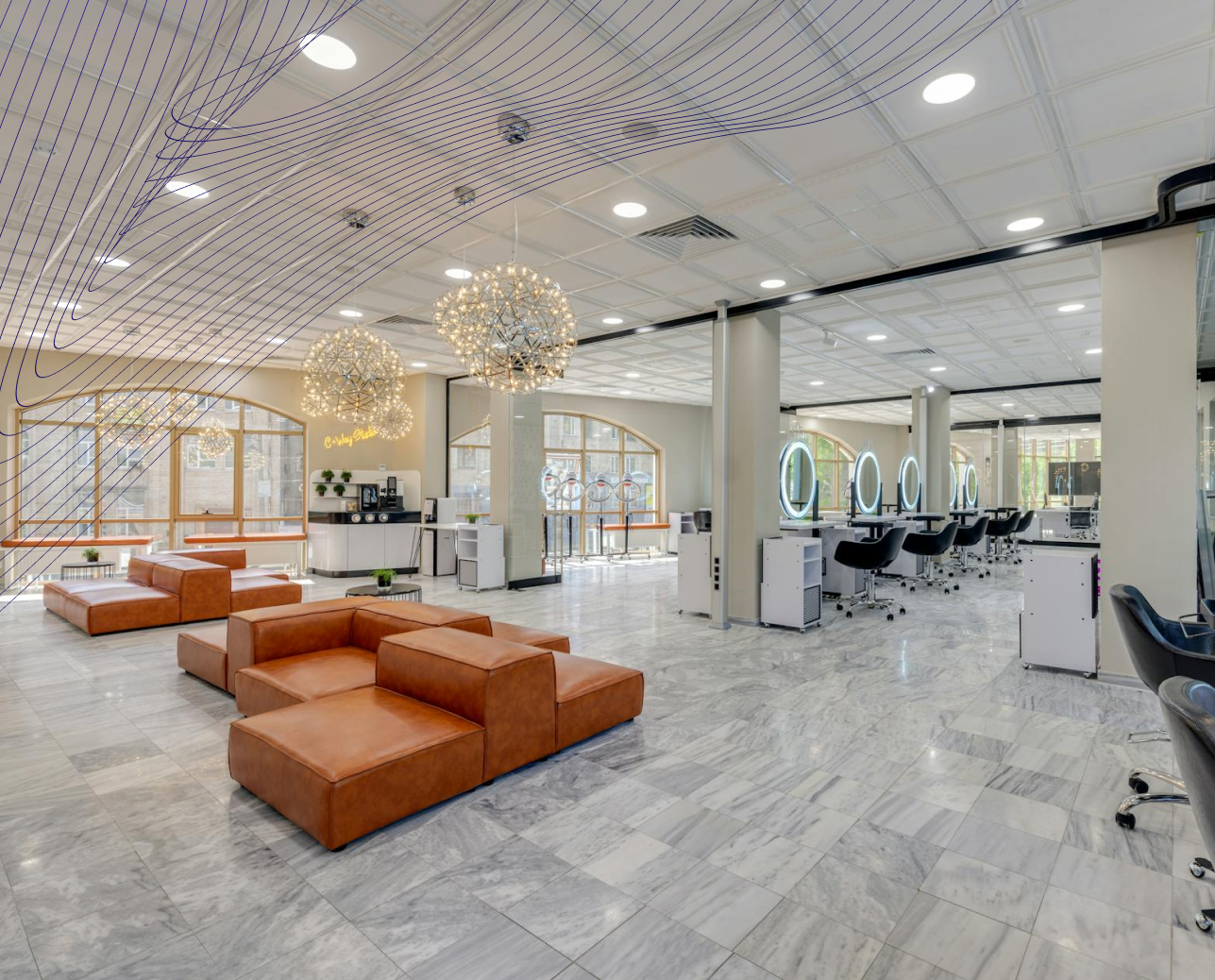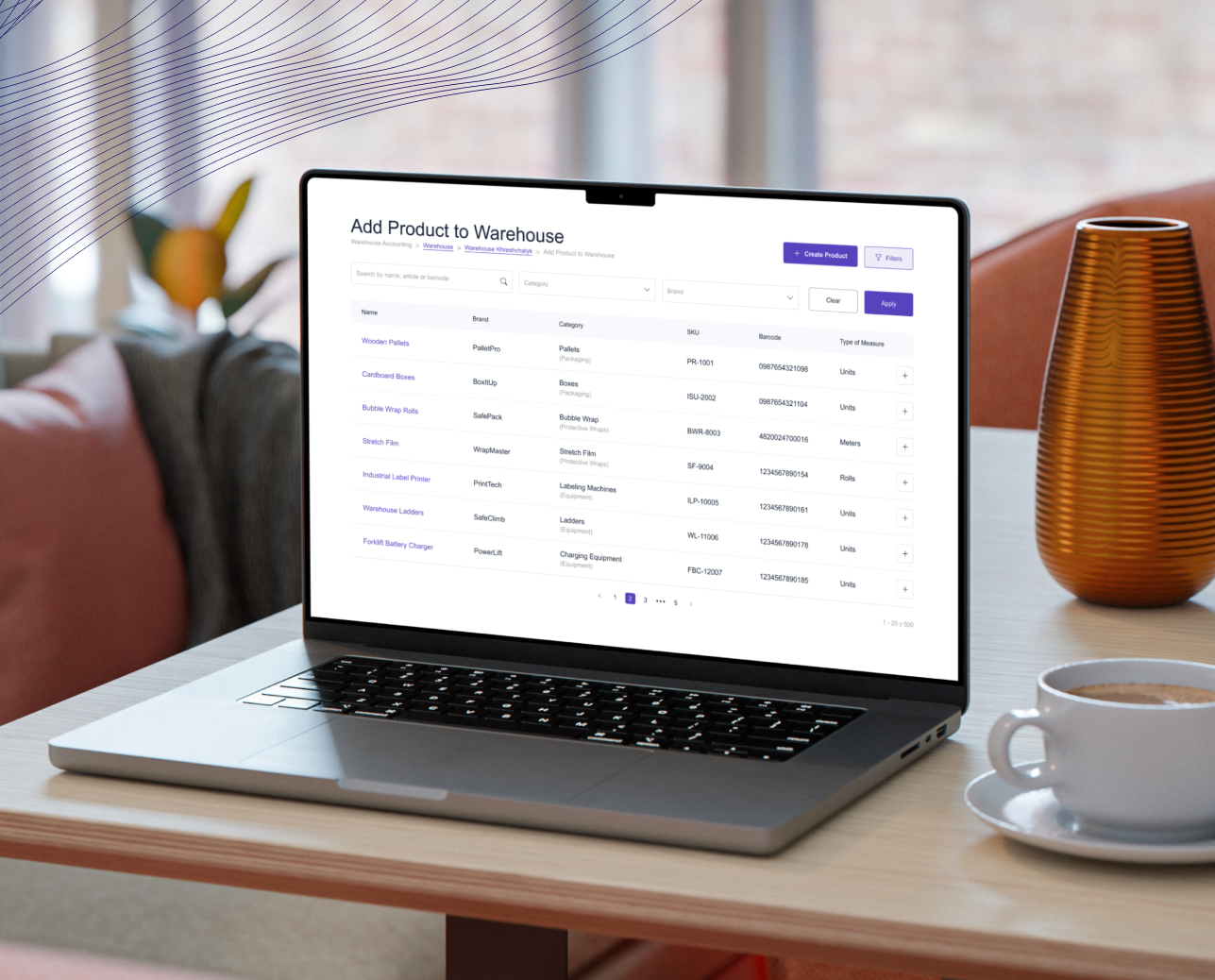Starting a Spa Massage Business: A Complete Guide to Success
The wellness industry is booming, offering excellent opportunities for entrepreneurs looking to start a spa business. In today's fast-paced world, more people are prioritizing their health and well-being, and a spa can provide a sanctuary where clients can relax, rejuvenate, and escape daily stress. However, starting a spa is about more than just offering treatments. It requires careful planning, a solid understanding of the market, and an efficient management system to ensure smooth operations.

Whether you're passionate about wellness or seeking a profitable business venture, this guide will provide essential steps to help you open a spa with confidence. We'll cover everything from defining the concept of your health spa business and understanding the industry to creating a robust business plan, managing finances, and attracting clients.
What Is Spa Business?
A spa business offers a range of wellness and beauty treatments designed to improve physical and mental well-being. At its core, a spa is a place where people go to relax, de-stress, and enhance their overall health. This could be through massage therapy, skin care treatments, body therapies, or holistic services. Understanding what type of spa business you want to create is critical because it will define your brand, target audience, and the services you offer.

Spas come in different forms, from luxury resort spas that offer an immersive, full-day experience to day spas where clients pop in for a quick treatment. The spa's purpose is to create a soothing, welcoming environment where people feel cared for. Regardless of the spa’s size or offerings, the goal remains the same: provide an escape and promote wellness.

Understanding the Spa Industry
The spa industry is part of the broader wellness economy, which has experienced significant growth in recent years. More and more individuals are investing in their well-being, making wellness a key priority in their lives. According to the Global Wellness Institute, the global wellness economy, which includes fitness, beauty, and spa services, is worth trillions of dollars and continues to grow. This makes the spa business a lucrative and sustainable market to enter.
This growth can be attributed to increased awareness about self-care, mental health, and the benefits of holistic wellness practices. Modern consumers aren’t just looking for luxury; they see spa treatments as essential to maintaining balance in their lives. Understanding these trends will help you align your spa's offerings with the current demands of wellness-conscious consumers.

Types of Spa Services You Can Offer
One of the most critical decisions you'll make when opening a spa is the type of services you’ll provide. The services you offer will not only define your spa but also determine your target market and pricing structure. It’s essential to offer a balanced mix of services to attract a wide range of clients, but also to specialize in a few treatments that set you apart from competitors.
For instance, massages are typically the backbone of any spa business, with different styles catering to various client needs – ranging from relaxation to therapeutic treatments. Facials are another cornerstone, with treatments designed for anti-aging, hydration, or acne reduction. Body treatments like wraps and scrubs can enhance the experience, offering detoxification and rejuvenation.
Holistic services such as reiki, aromatherapy, or acupuncture can attract clients looking for a more alternative or integrative wellness experience. Additionally, beauty services like manicures, pedicures, and waxing can add value, creating a one-stop shop for wellness and beauty.
Having a diverse range of services ensures you meet different customer needs, while specializing in high-quality, signature treatments can help your spa stand out and build a loyal customer base.
How to Open a Spa: Key Steps for Entrepreneurs
Spa opening is a significant undertaking that requires a solid foundation. Beyond creating a tranquil environment, you must consider the operational aspects that keep the spa running efficiently. From legal considerations to selecting a location, everything must align to provide an exceptional experience for your clients.

Opening Up a Spa: What You Need to Know
When opening a spa salon, choosing the right location is a critical decision that can make or break your business. Ideally, your spa should be located in an area that aligns with your target clientele. For instance, a luxurious spa might do well in a high-end urban area, while a wellness retreat might thrive in a quiet, more secluded space. The location will impact not only your foot traffic but also your pricing strategy.
Your spa’s interior design is equally important. The space needs to evoke a sense of calm and relaxation. This can be achieved through thoughtful choices in color palettes, lighting, and decor. Soft hues, natural materials, and comfortable furnishings can create an inviting atmosphere. Additionally, the layout should be practical – ensuring privacy for clients in treatment rooms and ease of movement for staff.
Operations are the backbone of any business. An efficient spa POS system like ME-POS can simplify managing appointments, handling payments, tracking inventory, and maintaining client data. This not only ensures a seamless experience for clients but also helps you manage daily tasks without being overwhelmed.

Do You Need a License to Open a Spa?
Yes, the spa business requires several licenses, and the exact requirements will depend on your location and the services you provide. Ensuring compliance with local regulations is crucial to avoid fines or legal issues later on.
At a minimum, you’ll need a business license to operate legally. For spas that offer massage services, each therapist will likely need to be certified, and you may also need a license to offer such treatments. Additionally, health department inspections might be required to ensure your facility complies with hygiene standards.
Licensing is often a multi-step process, so start early to avoid delays. Work with local authorities to ensure you're meeting all legal requirements. Missing even one essential license can halt your business before it begins.
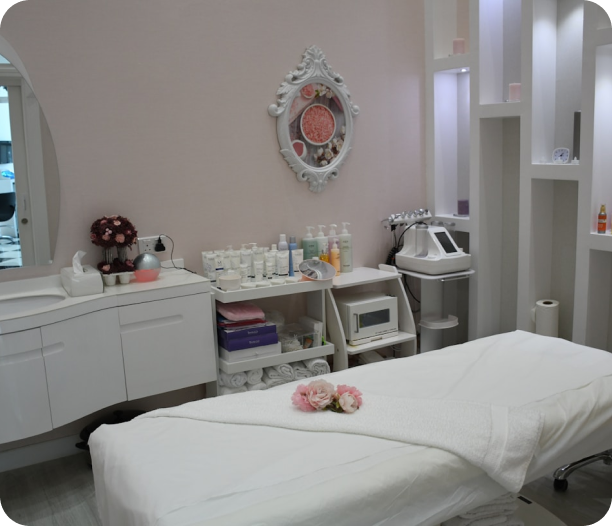
Opening a Spa Checklist for Success
Opening a spa is a multifaceted project, but breaking it down into manageable steps can help you stay organized. Here's a spa opening checklist to ensure you're on track:
-
Conduct market research to understand your target audience.
-
Develop a detailed business plan that outlines your vision and strategy.
-
Secure financing or investments to fund your startup costs.
-
Choose a prime location based on market demand and your target clientele.
-
Obtain all necessary licenses and permits.
-
Hire qualified and certified staff to deliver quality services.
-
Invest in high-quality equipment and interior design.
-
Implement a spa POS system like ME-POS to manage appointments and payments.
-
Create and launch a marketing campaign to promote your grand opening.
-
Host a soft opening to gather feedback and refine your operations.
By following these steps, you ensure that all aspects of your spa business are covered, setting you up for a smooth opening and long-term success.
Business Plan for a Spa: Crafting a Winning Strategy
A robust business plan for a beauty spa is essential for guiding you toward success. Your business plan should outline your goals, define your market strategy, and provide financial projections. Creating a solid business plan not only helps you clarify your vision but also attracts potential investors or secures loans.
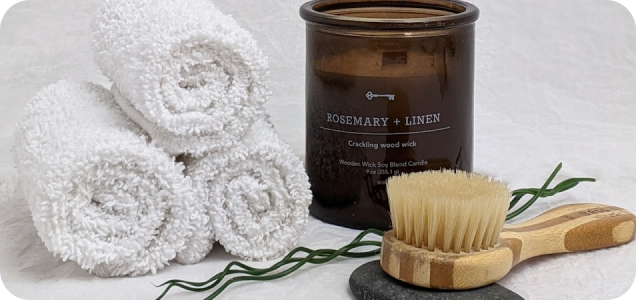
Defining the Objective of Spa Business
The first step in your business plan is defining the purpose and objectives of your spa. Are you focusing on luxury services for high-end clients, or are you creating a day spa accessible to the local community? Your objectives should reflect the type of experience you want to offer and how you plan to stand out in the competitive spa market.
A clear objective will guide every decision you make, from the services you provide to how you market your business. For example, if your spa focuses on holistic wellness, you might prioritize organic products and eco-friendly practices, setting you apart from more traditional spas.

Financial Projections and the Cost of Opening a Spa
Understanding the financial requirements of starting a spa is crucial. Many entrepreneurs underestimate the initial costs and ongoing expenses, which can lead to cash flow problems down the line. Your business plan should include a detailed breakdown of both one-time and recurring expenses.
Start-up costs typically include rent or lease of the space, interior design, equipment purchases, licensing fees, and marketing. You’ll also need to budget for salaries, utilities, and inventory replenishment. Additionally, setting aside funds for unexpected expenses is essential.
A spa POS system like ME-POS can help you track expenses, monitor sales, and manage inventory, providing insights into your financial health. This allows you to stay on top of your cash flow and make informed business decisions.
Marketing Strategies for Spa Business: How to Attract Clients
With your spa up and running, the next big step is attracting and retaining clients. Effective marketing is the key to growing your customer base and establishing a strong brand presence in the market.
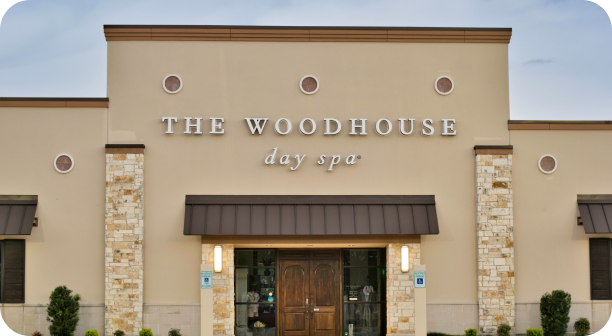
Building a Brand: Choosing the Right Name for Spa Business
Your spa’s name is the first impression potential clients will have of your business, so it’s important to choose wisely. The name should reflect the experience you offer, whether that’s luxury, relaxation, or holistic wellness. Additionally, the name should be memorable and easy to pronounce.
Building a cohesive brand around your name includes creating a logo, website, and social media profiles that convey your spa’s values. Your brand is what sets you apart from competitors and builds trust with your audience. From your choice of fonts and colors to the tone of your messaging, every element should align with the experience you’re offering.
Effective Online and Offline Marketing for Your Spa
Your marketing strategy should integrate both online and offline methods to reach a broader audience. Digital marketing, in particular, can help you target local customers and attract them to your spa. Here's how you can effectively market your spa:
-
Website and SEO: Your website is your digital storefront. It should be easy to navigate, visually appealing, and optimized for search engines. Clients should be able to book appointments directly online.
-
Social Media: Platforms like Instagram and Facebook are ideal for showcasing your services, posting before-and-after photos, and engaging with customers. Use these platforms to share promotions and special offers.
-
Google My Business: Setting up a Google My Business profile improves your visibility in local search results, making it easier for clients to find you. Be sure to encourage satisfied clients to leave reviews.
-
Email Marketing: Build an email list to stay in touch with your clients. Regularly send out newsletters featuring promotions, tips, and updates on new services.
-
POS-driven Promotions: Using ME-POS, you can track customer preferences and offer personalized promotions, boosting customer loyalty.
By leveraging both digital and traditional marketing for spa business, you can create awareness, build a loyal customer base, and maintain a steady flow of clients.

How Much Does It Cost to Open a Spa Business?
The cost of opening a spa varies greatly depending on location, size, and services. Being fully aware of the financial commitment before opening your doors will ensure you're adequately prepared.

Factors Affecting Spa Setup Costs
The total setup cost of your spa depends on several factors. For instance, choosing a location in a high-end district will likely require more financial investment than a neighborhood with lower real estate costs. Similarly, the size of the spa and the range of services offered will also dictate your budget. A small day spa with a focus on massage therapy will have different startup costs than a full-service wellness retreat with hydrotherapy pools and high-end skincare treatments.
Another significant factor is the design and layout of your spa. High-quality furnishings, relaxing décor, and advanced equipment can raise the initial investment but are often necessary to create the kind of serene, luxurious environment that clients expect from a premium spa.

Long-Term Operational Costs and Profit Margins
Running a spa involves ongoing expenses such as utilities, staff salaries, product replenishment, and marketing efforts. Managing these operational costs efficiently will determine your long-term profitability. It’s essential to create a financial plan that balances operational costs with revenue, ensuring that your spa remains profitable month after month.
A POS system like ME-POS can help by automating payroll, tracking inventory, and monitoring sales. This real-time data allows you to make informed decisions about where to cut costs and where to invest in growing your spa.

Conclusion
Starting a spa business can be a rewarding and profitable endeavor if you take the time to plan and prepare thoroughly. From crafting a strong business plan to implementing efficient systems like ME-POS, every detail matters when it comes to building a sustainable business. Once your spa is operational, the focus shifts to attracting clients and retaining them through exceptional service, effective marketing, and constant innovation.
The key to long-term success lies in maintaining high standards, delivering exceptional customer experiences, and staying ahead of trends in the wellness industry. By following the steps in this guide, you’ll not only open your spa on solid ground but also set it up for ongoing growth and success.
Was This Article Helpful?
Click on a star to rate it!
Thank you for your vote!

Average Rating: 5/5 Votes: 1
Be the first to rate this post!
View more
Related Articles
Understanding Prices for Food Trucks: A Comprehensive Guide
So you want to start a food truck? Awesome choice! But before you hit the road, you have to figure out how much food trucks cost and what other expens...
Liquor Store Opening: Step-by-Step Guide to Launching and Operating
Opening a liquor store can be an exciting and rewarding journey, but it’s not a business you want to jump into without preparation. From understanding...
Complete Guide on How to Open a Pet Store: Unique Steps and Tips
The pet industry is booming, making it an ideal time for starting a pet store business. With pet ownership steadily increasing, the demand for quality...
How to Start an Ice Cream Truck Business?
Starting an ice cream truck business can be a lucrative and enjoyable venture for those who love being their own boss, engaging with the community, an...
How to Start a Gym as a Business: From Concept to Reality
Starting a gym business is a rewarding opportunity that combines a passion for fitness with entrepreneurial success. However, it involves far more tha...
How to Make a Restaurant Menu Design?
Designing a restaurant menu is a crucial aspect of the restaurant industry. A well-crafted menu does more than list the dishes offered; it serves as a...
How to Open a Bar: A Step-by-Step Guide for Aspiring Entrepreneurs
Opening a new bar is an exciting venture, but it requires careful planning and attention to detail. Whether you dream of creating a laid-back pub or a...
Your Ultimate Guide on How to Open a Pharmacy Business
Starting a pharmacy business can be a rewarding and profitable venture if approached correctly. Pharmacies play a crucial role in communities by provi...
Understanding Prices for Food Trucks: A Comprehensive Guide
So you want to start a food truck? Awesome choice! But before you hit the road, you have to figure out how much food trucks cost and what other expens...
Liquor Store Opening: Step-by-Step Guide to Launching and Operating
Opening a liquor store can be an exciting and rewarding journey, but it’s not a business you want to jump into without preparation. From understanding...
Complete Guide on How to Open a Pet Store: Unique Steps and Tips
The pet industry is booming, making it an ideal time for starting a pet store business. With pet ownership steadily increasing, the demand for quality...
How to Start an Ice Cream Truck Business?
Starting an ice cream truck business can be a lucrative and enjoyable venture for those who love being their own boss, engaging with the community, an...
How to Start a Gym as a Business: From Concept to Reality
Starting a gym business is a rewarding opportunity that combines a passion for fitness with entrepreneurial success. However, it involves far more tha...
How to Make a Restaurant Menu Design?
Designing a restaurant menu is a crucial aspect of the restaurant industry. A well-crafted menu does more than list the dishes offered; it serves as a...
How to Open a Bar: A Step-by-Step Guide for Aspiring Entrepreneurs
Opening a new bar is an exciting venture, but it requires careful planning and attention to detail. Whether you dream of creating a laid-back pub or a...
Your Ultimate Guide on How to Open a Pharmacy Business
Starting a pharmacy business can be a rewarding and profitable venture if approached correctly. Pharmacies play a crucial role in communities by provi...
View more








